Finding Our Place in the Sun
By Mr. Charles (Hee Cheul) Kim, Hanwha Solar
The solar industry has an inferiority complex. Brought on, in part, by the slow economy and the election season, the solar industry has found itself on the defensive, despite an influx of new investment and positive growth for the long term and setting new installation records in the U.S.
With the presidential race heating up, the facts about renewable energy have been hijacked, to the detriment of the industry’s reputation. The fall of Solyndra became a symbol of poor government spending on a crippled industry in a highly charged political climate. The solar industry needs to remember where it stands in 2012 and stop apologizing.
Solar photovoltaic (PV) installations increased by about 15 percent worldwide in 2011. The U.S. surpassed 1 gigawatt of PV installed in a single year for the first time ever. The U.S. solar industry was also a strong job creator, with job growth of 6.8 percent last year, according to the Solar Foundation, outpacing the nation average for job growth in all industries by tenfold. Hanwha Solar recently opened a research and development center in Santa Clara, Calif. These are not the signs of a dying industry.
Bloomberg New Energy Finance recently announced that investment in clean energy worldwide hit a new record of $260 billion in 2011. The solar industry received the lion’s share of that investment, $136.6 billion. The U.S. was the No. 1 country for clean energy investment, the first time it’s held the top spot since 2008. Total 2011 investment in the U.S. equaled $55.9 billion. Clearly the financial community is committing to the U.S. solar market.
Furthermore, solar projects are proving more reliable. California utility Pacific Gas & Electric recently shared the news that the solar projects they are developing are achieving a higher success rate than ever before. In the past, nearly 30-40 percent of solar projects announced in California never made it to completion. The market has matured, gaining valuable experience in the decade since the adoption of the state’s renewable portfolio standard. The U.S. now has the infrastructure necessary – a network of solar engineers, designers, installers and financiers – to successfully lead projects from start to finish.
In fact, as solar developers continue to remove uncertainty from the equation, solar becomes a more viable option for the future. We can now accurately predict the cost to build and maintain a solar power plant, how the plant will perform and what the return on investment will equal over its lifetime. Not even natural gas, the current hot topic in the energy industry, can offer that level of predictability. No one knows where gas prices and supply will be in 30 years, but we know the economics of a solar power plant from the day it’s built. In pursuit of offering reliable products with a guaranteed return on investment, Hanwha Solar recently announced an industry-leading, 12-year material and workmanship warranty on its panels.
Undoubtedly, 2011 was not all good news. Margins fell for solar companies and are likely to stay down for the long term. Cross-border trade challenges have emerged. However, like any competitive market, the industry is adapting and finding new ways to profit and work across borders.
Companies are moving further downstream to find new revenue. Companies like First Solar and SunPower have acquired solar developers to move into the project design and installation sector. Despite the turmoil of a competitive market, innovative companies will remain profitable.
We need to rebuild our credibility by taking credit for our advancements and uniting with other renewable energy industry groups. But above all, the solar industry needs to believe in itself again.
Mr. Hee Cheul Kim is the president of Hanwha SolarOne, Ltd. (HSOL) the flagship company of the Hanwha Solar network. Mr. Kim oversees general management of the company.





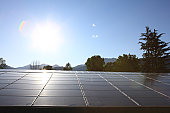
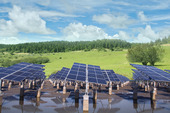

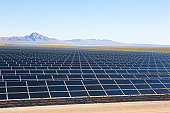
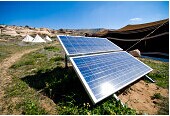

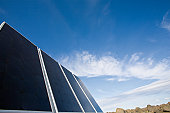





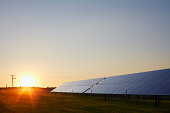
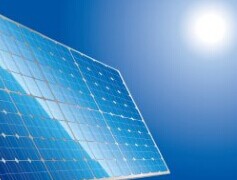
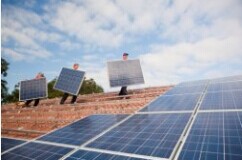
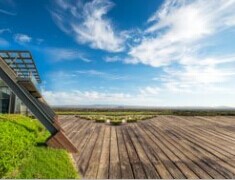
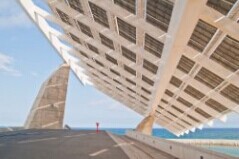
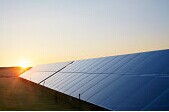
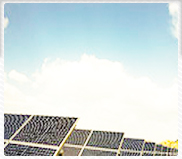
 Company News
Company News




